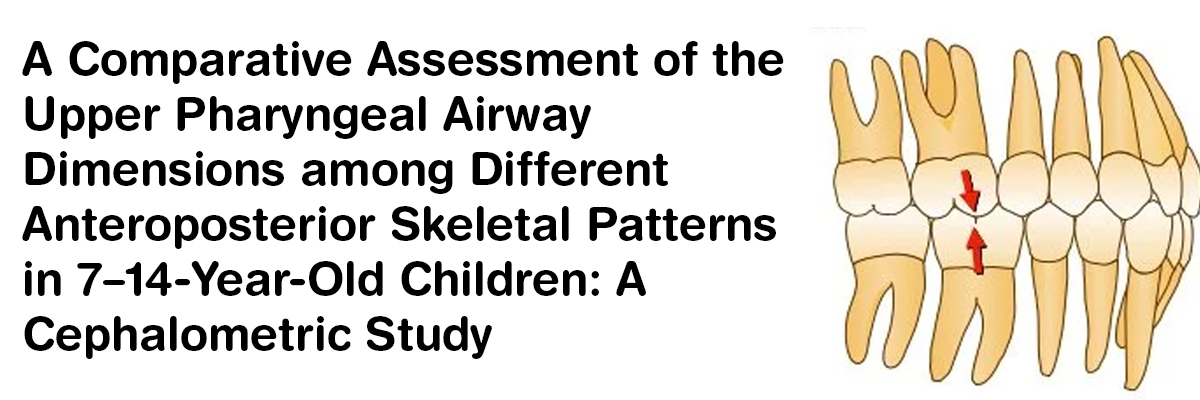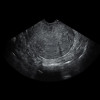
 IJCP Editorial Team
IJCP Editorial Team
A Comparative Assessment of the Upper Pharyngeal Airway Dimensions among Different Anteroposterior Skeletal Patterns in 7–14-Year-Old Children: A Cephalometric Study
The pharyngeal airway is a vital component of the respiratory system's function. Assessment of the pharyngeal airway dimensions in different skeletal types is essential in the orthodontic treatment of growing patients.
A recent study compared the upper pharyngeal airway dimensions of 7–14-year-old children with different skeletal types.
It grouped 361 lateral cephalometric radiographs based on their skeletal patterns determined by the ANB angle as:
- Skeletal type I (n = 123),
- Type II (n = 121), and
- Type III (n = 117).
And categorized radiographs into four groups:
- 7/8 YO (7–8 years old),
- 9/10 YO,
- 11/12 YO, and
- 13/14 YO.
The study utilized cephalometric measurements like SNA, SNB, ANB, Ad1-PNS, Ad2-PNS, McUP, and McLP and used ANOVA to compare the group results.
The results from the study were as follows-
- Different age groups demonstrated significant differences in Ad1-PNS, Ad2-PNS, McUP, and McLP in skeletal types II and III.
- 13/14 YO group demonstrated significantly wider upper pharyngeal airway dimensions in skeletal types II and III children compared to the other age groups.
Thus, the upper pharyngeal airway dimensions showed an age-dependent increase in 7–14-year-old children, particularly in skeletal types II and III. Hence, clinicians can use upper pharyngeal airway dimensions to differentiate the different skeletal classes in clinical settings.
Chianchitlert A, Luppanapornlarp S, Saenghirunvattana B, Sirisoontorn I. A Comparative Assessment of the Upper Pharyngeal Airway Dimensions among Different Anteroposterior Skeletal Patterns in 7–14-Year-Old Children: A Cephalometric Study. Children.2022; 9(8):1163. https://doi.org/10.3390/children9081163

IJCP Editorial Team
Comprising seasoned professionals and experts from the medical field, the IJCP editorial team is dedicated to delivering timely and accurate content and thriving to provide attention-grabbing information for the readers. What sets them apart are their diverse expertise, spanning academia, research, and clinical practice, and their dedication to upholding the highest standards of quality and integrity. With a wealth of experience and a commitment to excellence, the IJCP editorial team strives to provide valuable perspectives, the latest trends, and in-depth analyses across various medical domains, all in a way that keeps you interested and engaged.




















Please login to comment on this article